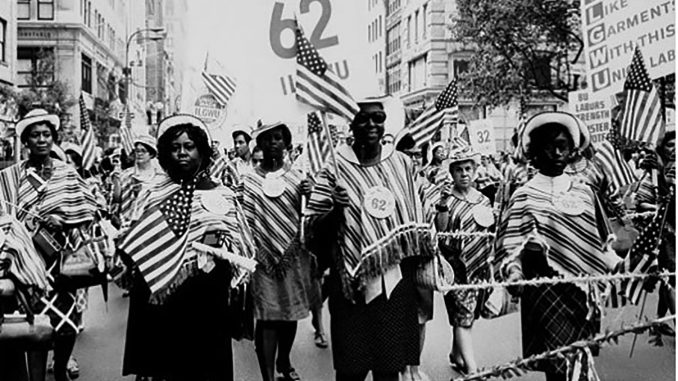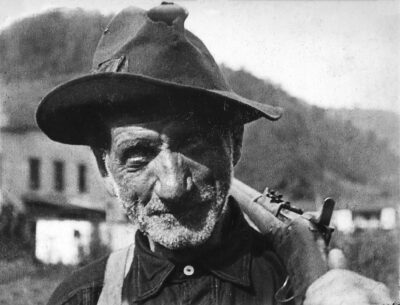
Much is owed to the workers of the past
While Labor Day marks the unofficial end of summer, it is actually a holiday to recognize the contribution of the American worker to our collective prosperity. The first Labor Day holiday was celebrated on Tuesday, September 5, 1882, in New York City.
According to the U.S. Department of Labor, “before it was a federal holiday, Labor Day was recognized by labor activists and individual states. After municipal ordinances were passed in 1885 and 1886, a movement developed to secure state legislation. New York was the first state to introduce a bill, but Oregon was the first to pass a law recognizing Labor Day, on February 21, 1887. During 1887, four more states – Colorado, Massachusetts, New Jersey and New York – passed laws creating a Labor Day holiday. By the end of the decade, Connecticut, Nebraska and Pennsylvania had followed suit. By 1894, 23 more states had adopted the holiday, and on June 28, 1894, Congress passed an act making the first Monday in September of each year a legal holiday.”
Funnily enough, two labor activists named Maguire, both from the 19th century, lay claim to the founding of Labor Day. The Department of Labor states that “Some records show that in 1882, Peter J. McGuire, general secretary of the Brotherhood of Carpenters and Joiners and a co-founder of the American Federation of Labor, suggested setting aside a day for a ‘general holiday for the laboring classes’ to honor those ‘who from rude nature have delved and carved all the grandeur we behold.’”
However, more recent research supports the claim of Matthew Maguire, an unrelated machinist from Paterson, NJ, who proposed the holiday in 1882 while serving as secretary of the Central Labor Union in New York.
The first proposal for the holiday suggested that the day should be celebrated with a parade to display “the strength and esprit de corps of the trade and labor organizations”, followed by parties and festivities.

(Public Domain)
The effort to organize is actually as old as the nation itself. According to History.com, “The origins of the labor movement lay in the formative years of the American nation, when a free wage-labor market emerged in the artisan trades late in the colonial period. The earliest recorded strike occurred in 1768 when New York journeymen tailors protested a wage reduction. The formation of the Federal Society of Journeymen Cordwainers (shoemakers) in Philadelphia in 1794 marks the beginning of sustained trade union organization among American workers.”
Celebrating labor was not always in fashion, however. It is worth remembering that people literally fought and died for the right to organize and collectively bargain for better working conditions.
One notable strike is the Colorado Labor Wars, where the laborers of the Western Federation of Miners were pitted against the mine owners, who were backed by the state government. This dispute went on for two years, from 1903 to 1905. During that time, martial law was imposed and the National Guard was brought in to put down the strike.
Another strike that involved military conflict is the Battle for Blair Mountain, which was also a mining dispute. More than 100 people died in this conflict, which took place in 1921 and was part of the Coal Wars. It is the largest labor uprising in US history. The conflict ended when the Army arrived on the scene, as many of the miners were veterans themselves and would not fire on the soldiers.
Many of the rules and regulations workers enjoy today owe their passage to these conflicts, such as the eight hour work day and the 40 hour week, overtime pay and retirement benefits. The labor movement also led efforts to end child labor, provide health benefits and support workers who were injured on the job.
While membership in labor unions has declined since their heyday in the 1950s, organized labor has seen a resurgence in recent years. Amazon, Starbucks, and Verizon have all experienced attempts at organization, with varying degrees of success,
Unions remain a force for labor, both in the field and in government. “Unions continue to be the driving force behind higher wages, safer working conditions and better benefits, while providing unmatched job security for workers and their families. Now more than ever, we rely on our unions to protect and raise up the middle class against the various forces in society that continue to chip away at that stability and peace of mind.” Ron Gurrieri, CSEA Local 830 President, said in an email.
So as the summer ends and the focus shifts from fun to fall, it is worth remembering how many of the current work benefits are owed to these brave pioneers. Happy Labor Day.

Be the first to comment